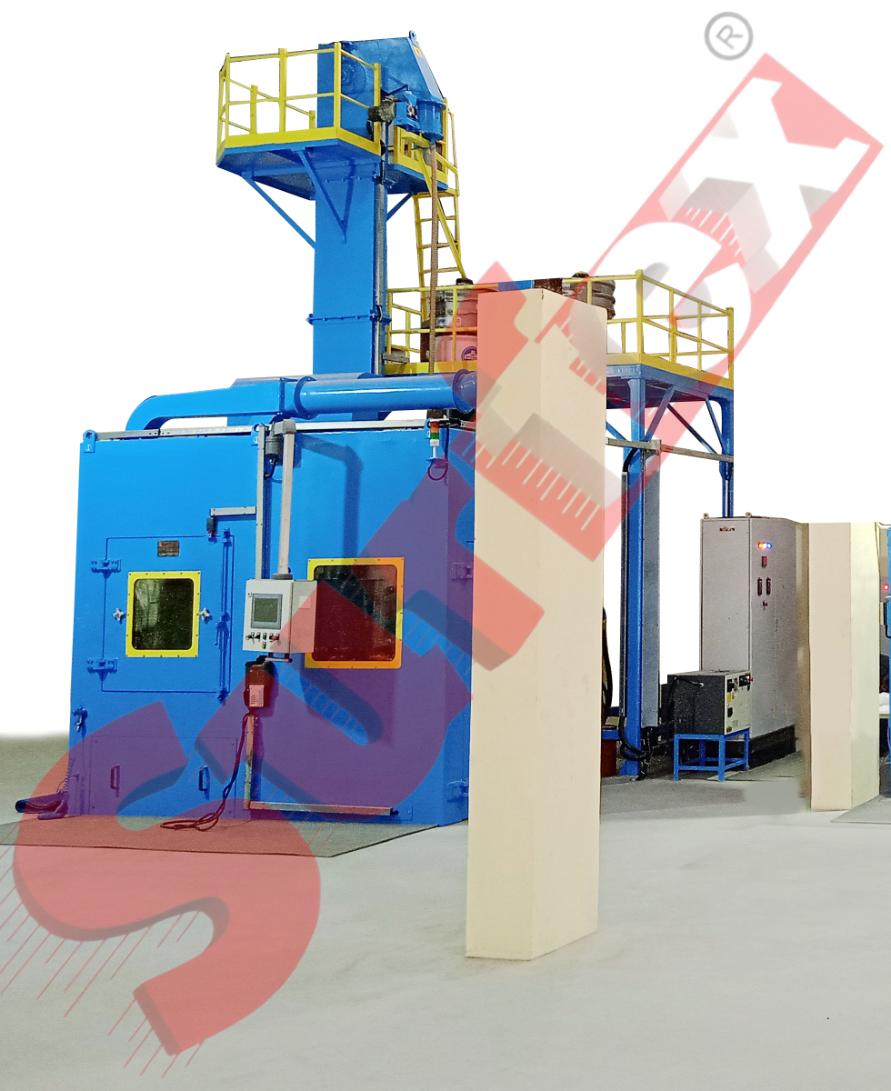4 Days Left. The UAE National Orchestra plays its first note on Jan 15. This is a historic milestone for Abu Dhabi. Emirates Palace. Nadim Tarabay. Naseer Shamma. If you aren't in the room, you're missing the beginning of an era. https://homestead-ae.com/uae-national-orchestra-first-season-debut/
4 Days Left. ⏳ The UAE National Orchestra plays its first note on Jan 15. This is a historic milestone for Abu Dhabi. Emirates Palace. Nadim Tarabay. Naseer Shamma. If you aren't in the room, you're missing the beginning of an era. 👇 https://homestead-ae.com/uae-national-orchestra-first-season-debut/
0 التعليقات
0 المشاركات
163 مشاهدة
0 معاينة














